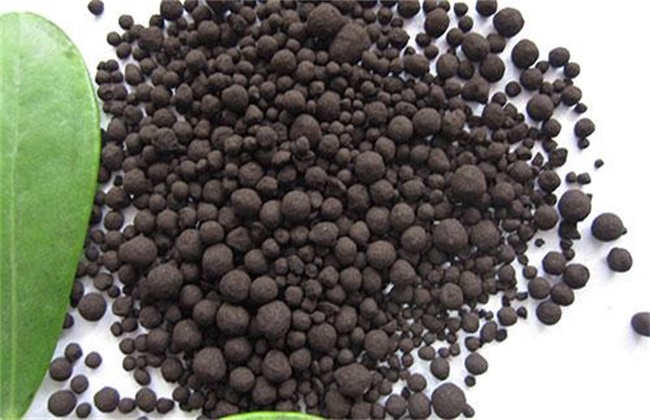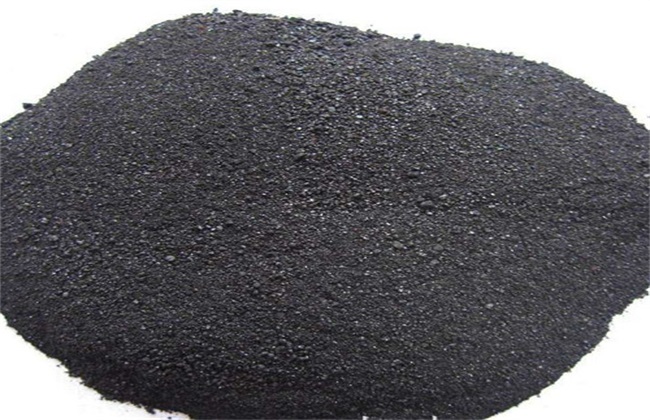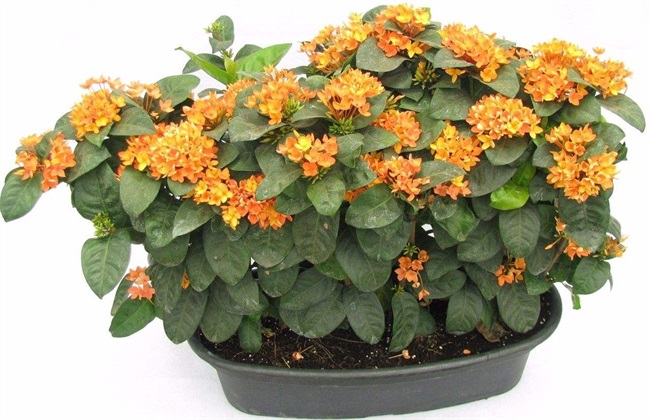Types and usage of humic acid
With the progress of planting technology, all kinds of pesticides and fertilizers have also ushered in a new era. In the past, crops applied more chemical fertilizers, but with the abuse of chemical fertilizers, the problem of soil pollution became more and more serious, so it is urgent to study green and pollution-free fertilizers. With the introduction of humic acid fertilizer, it is recognized as a green food fertilizer in the world, and more and more people begin to use it, so what kinds of humic acid fertilizer are there? How should I use it? Let's take a look.

Types of humic acid fertilizers
At present, humic acid fertilizer has been widely used and developed, and there are many popular humic acid in the market, such as ammonium humate, sodium humate, potassium humate, humic acid compound and different contents of humic acid liquid fertilizer and so on. According to their sources, humic acid fertilizers can be divided into two categories: natural humic acid and artificial humic acid, and natural humic acid can be divided into soil humic acid, coal humic acid, water humic acid and mold humic acid. According to their formation mode, humic acid can be divided into primary humic acid and regenerated humic acid; according to the solubility and color of the solution, humic acid can be divided into fulvic acid, brown humic acid, black humic acid and so on.
II. Usage
1. Soaking seeds
Soaking seeds with humic acid after dissolving in water can significantly improve the germination rate of seeds, emerge early, and enhance the rooting ability of seedlings. Attention should be paid to the concentration when soaking seeds. The general concentration is 0.005%, 0.05%, and the soaking time is generally 5-10 hours, while those with hard seed shells are generally 24 hours, such as rice and cotton.
2. Soak and dip the root
Rice and sweet potato were soaked and dipped in root with humic acid sodium or potassium humate solution with a concentration of 0.01% Mel 0.05% before transplanting, which showed fast rooting and high survival rate after transplanting.
3. Extra-root spraying
Spraying humic acid fertilizer as foliar fertilizer for 2-3 times in the flowering period of crops can significantly increase fruit setting rate and yield. The general concentration is 0.01% UV 0.05%, and the best spraying time is 2-4 pm.
4. Use of base fertilizer
The effect of using solid humic acid fertilizer as base fertilizer is better than topdressing, which can not only balance soil pH, but also be easily absorbed as root system. Generally, the application of 100-150 per mu is more. If the solution is used as base fertilizer, the concentration of 0.05% rain 0.1% is suitable, which can be mixed with farm manure, both ditch fertilizer and hole fertilizer.
5. Topdressing
About 250 liters of humic acid solution with 0.1% concentration of humic acid per mu can be sprayed at the crop seedling stage and before heading, or directly irrigated near the root system, which can play a role in raising seedlings, strengthening seedlings, promoting growth and development, and so on.
The above is an introduction to the types and usage of humic acid. I hope it can help you. If you want to know more about it, please follow us.
Related
- Fuxing push coffee new agricultural production and marketing class: lack of small-scale processing plants
- Jujube rice field leisure farm deep ploughing Yilan for five years to create a space for organic food and play
- Nongyu Farm-A trial of organic papaya for brave women with advanced technology
- Four points for attention in the prevention and control of diseases and insect pests of edible fungi
- How to add nutrient solution to Edible Fungi
- Is there any good way to control edible fungus mites?
- Open Inoculation Technology of Edible Fungi
- Is there any clever way to use fertilizer for edible fungus in winter?
- What agents are used to kill the pathogens of edible fungi in the mushroom shed?
- Rapid drying of Edible Fungi



